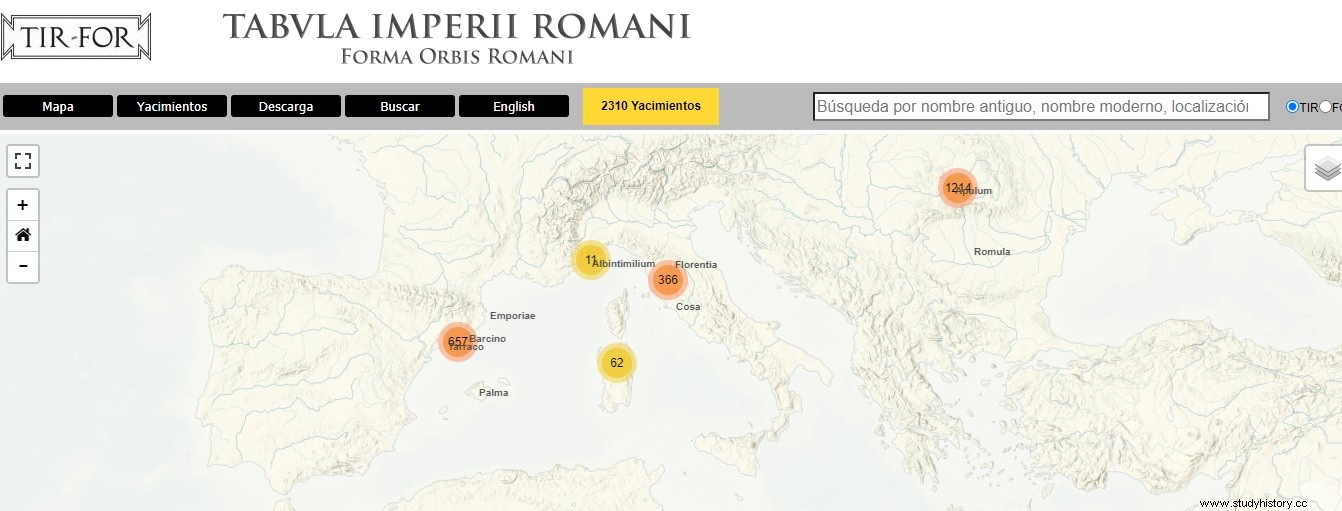Herodotus is considered the father of history. However, his importance goes beyond the simple narration of events; His interests embraced different areas such as philosophy, geography, biology or anthropology. Born in Halicarnassus around 485 B.C. Within an aristocratic family, the life of the young Herodotus changed radically when he was banished for participating in a conspiracy against the government of his homeland. Since then, he began a long stage of travels in which he visited the island of Samos, Susa, Babylon, Egypt, Athens, Turios (southern Italy)... compiled in his nine-volume work Historiae , halfway between a chronicle of history and travel journalism. So, if Herodotus could also be considered the father of travel journalism, the travel guides of Antiquity might as well have been the periplus , a handwritten document listing the ports and places of interest on the coast with approximate distances, and the itinerarium , route map in the form of a list of cities, towns and other stops with the distances between them, whether the trip was by sea or by land.

This was the world according to Herodotus
What good old Herodotus and, above all, the Roman emperors would have paid to have TIR-FOR at hand, a project sponsored by the International Academic Union (IAU), and in which experts from various countries collaborate, to develop the first Detailed digital map of Ancient Rome, an authentic Google Maps of the Roman Empire. The objective of this project is to elaborate the synthesis and detailed cartography of the Roman Empire, within the projects Tabula Imperii Romani (TIR) and Orbis Romani Form (FOR), producing a new unified, computerized methodology, with a common database for all countries and connected to a geographic information system (GIS). According to the Spanish researcher Pau de Soto, "the files have basic geographic information —coordinates, municipality and administrative data from Roman times, such as the province and the conventus to which it belonged—even chronological, typological, and element information.” For example, of a city it is indicated what category it reached and what constructions it contained —theaters, circuses, walls, houses, Christian basilica, etc.—. Each entry also has a description of the site and a bibliography. The computer system allows thematic searches to be combined to generate specific maps, such as that of all the amphitheaters erected between the 1st and 2nd centuries or the cities that had walls.
Although the map is still in its initial phase, it is already possible to navigate through the areas of Catalonia and the Balearic Islands, northern Italy and Romania and consult the sites and other remains.

In addition, today I wanted to present you "In the name of Rome" (Editorial Pie de Página), a fictionalized biography of Julius Caesar, in which the author, José Barroso , without neglecting his deeds, has sought to emphasize issues that are normally left aside when this historical figure is investigated, such as his childhood and the characters that surrounded him and had a decisive influence on forging this great character. And already put, we are going to raffle a copy of the book among all those who comment or share this entry.

